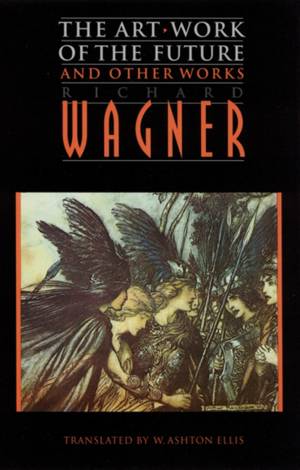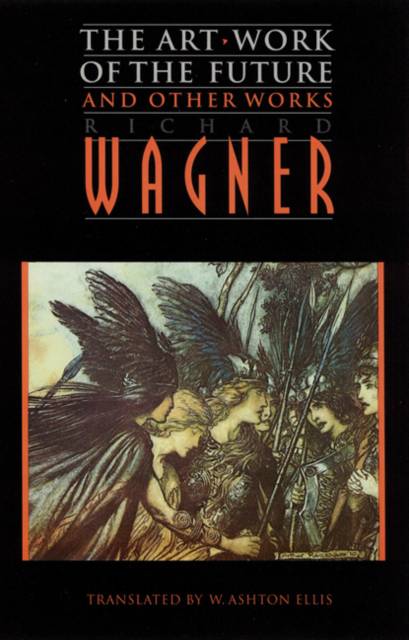
- Afhalen na 1 uur in een winkel met voorraad
- Gratis thuislevering in België vanaf € 30
- Ruim aanbod met 7 miljoen producten
- Afhalen na 1 uur in een winkel met voorraad
- Gratis thuislevering in België vanaf € 30
- Ruim aanbod met 7 miljoen producten
Zoeken
Omschrijving
Poor, frustrated, and angered by the "fashion-mongers and mode-purveyors" of art, Richard Wagner published The Art-Work of the Future in 1849. It marked a turning point in his life: an appraisal of the revolutionary passions of mid-century Europe, his farewell to symphonic music, and his vision of the music to come. Beethoven's Ninth Symphony was unsurpassable, he wrote. Henceforth "The Folk must of necessity be the Artist of the Future," and only artists who were in harmony with the Folk could know what harmony was for. The essay became a touchstone for Wagner, his family, friends, and followers, as he sought to produce works that thoroughly combined music, dance, drama, and national saga. In addition to Wagner's epoch-defining essay, this volume includes his "Autobiographical Sketch," "Art and Climate"; his libretto for an opera, "Wieland the Smith"; and his notorious "Art and Revolution." The concluding piece, "A Communication to My Friends (1851), explains his views on his first successes--The Flying Dutchman, Lohengrin, and Tannhäuser--and defines his agenda for later works. As spokesman for the future, Wagner spoke most of himself. In these works he set forth his ambitions, identified his enemies, and began a campaign for public attention that made him a legend in his own time and in ours.
Specificaties
Betrokkenen
- Auteur(s):
- Vertaler(s):
- Uitgeverij:
Inhoud
- Aantal bladzijden:
- 436
- Taal:
- Engels
Eigenschappen
- Productcode (EAN):
- 9780803297524
- Verschijningsdatum:
- 1/12/1993
- Uitvoering:
- Paperback
- Formaat:
- Trade paperback (VS)
- Afmetingen:
- 139 mm x 216 mm
- Gewicht:
- 553 g

Alleen bij Standaard Boekhandel
+ 106 punten op je klantenkaart van Standaard Boekhandel
Beoordelingen
We publiceren alleen reviews die voldoen aan de voorwaarden voor reviews. Bekijk onze voorwaarden voor reviews.








